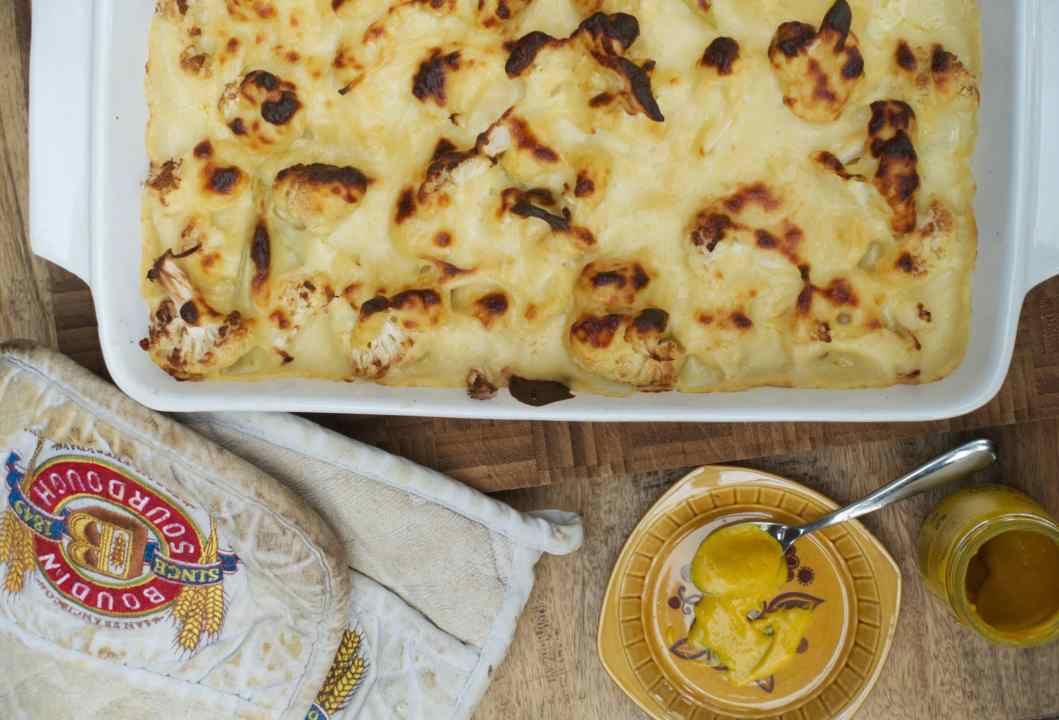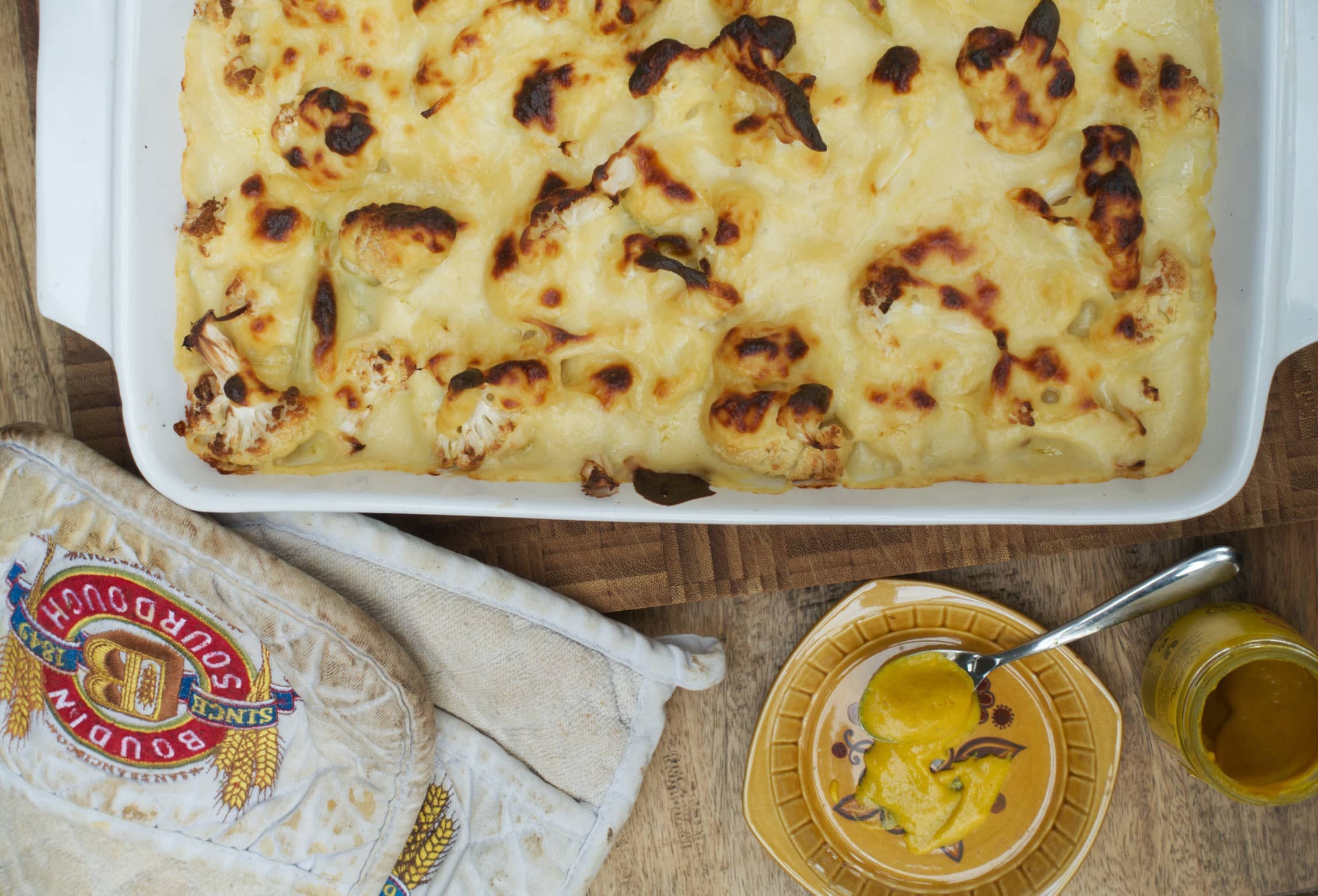There are some dishes on which I am well aware I hold strong opinions: toast (well done but not burnt, real butter, generously spread; must be eaten hot), crumble (crunchy, not soggy, lots of it; simply must be served with custard, ideally cold), roast chicken (cooked hot and fast, with more butter than is sensible, until the skin crackles; the chicken oysters are always cook’s perks).
But some catch me unawares. I don’t realise that I feel strongly about a particular recipe of foodstuff until I’m staring down the barrel of a recipe, or contemplating something that doesn’t meet my surprisingly exacting standards. I’ll find myself holding forth on the correct way to make an egg mayonnaise sandwich, or the one true way of cooking porridge. Perhaps I’ll end up on a soapbox about the proper proportions of a pavlova, or the only acceptable type of chocolate bar, despite never previously having given the subject conscious thought.

Get Britain's best politics newsletters
Register to get The Spectator's insight and opinion straight to your inbox. You can then read two free articles each week.
Already a subscriber? Log in







Comments
Join the debate for just £1 a month
Be part of the conversation with other Spectator readers by getting your first three months for £3.
UNLOCK ACCESS Just £1 a monthAlready a subscriber? Log in